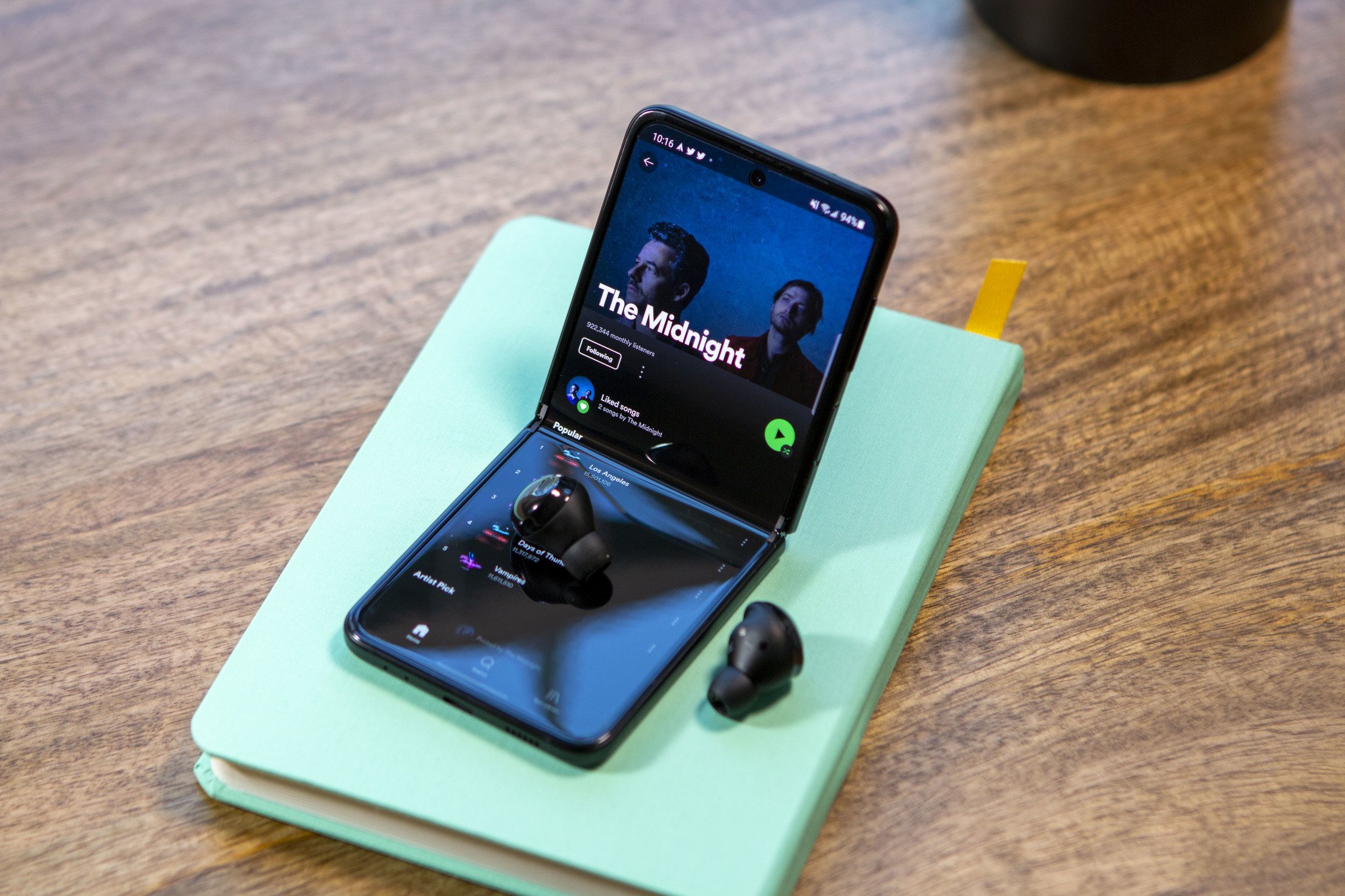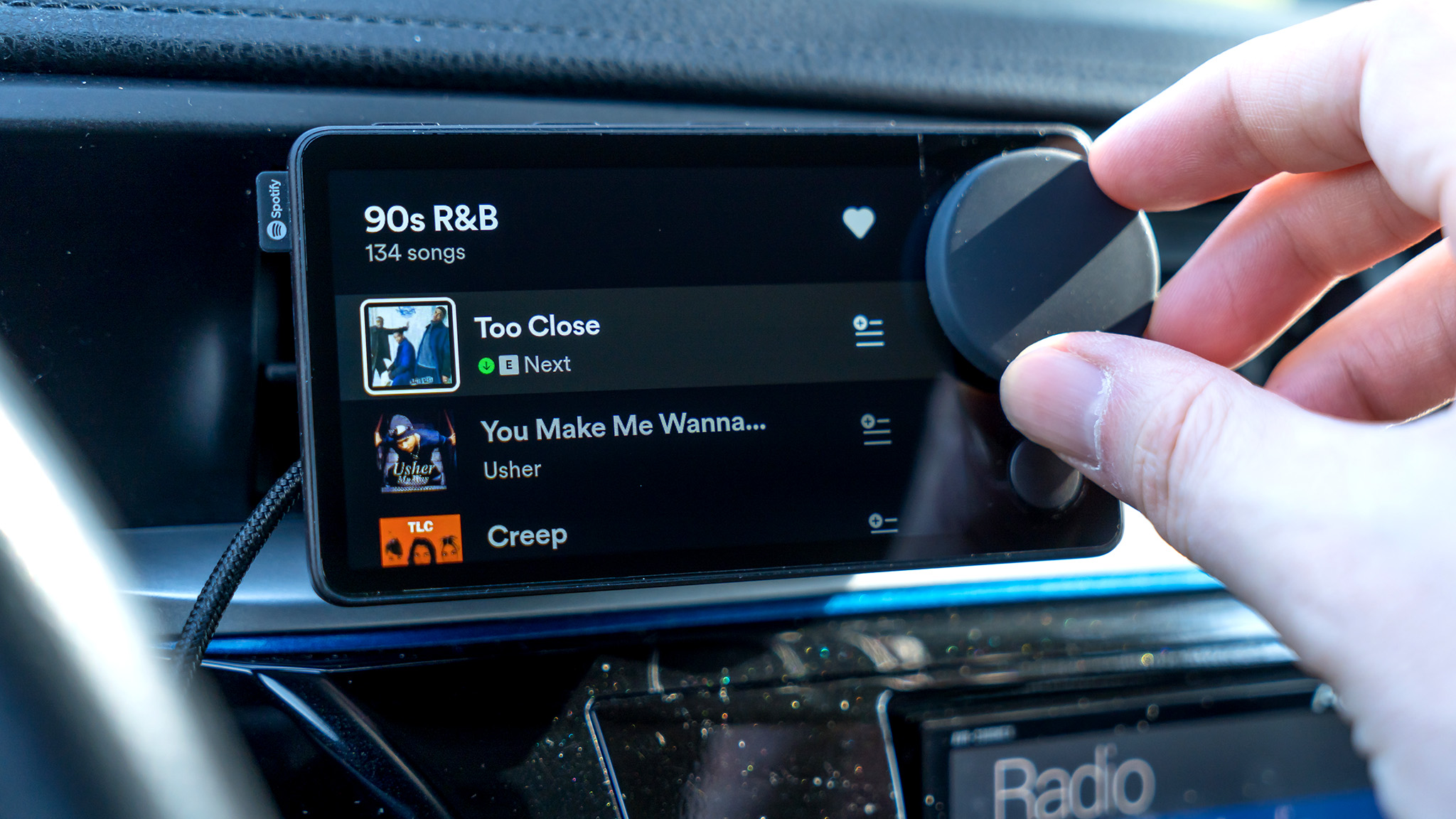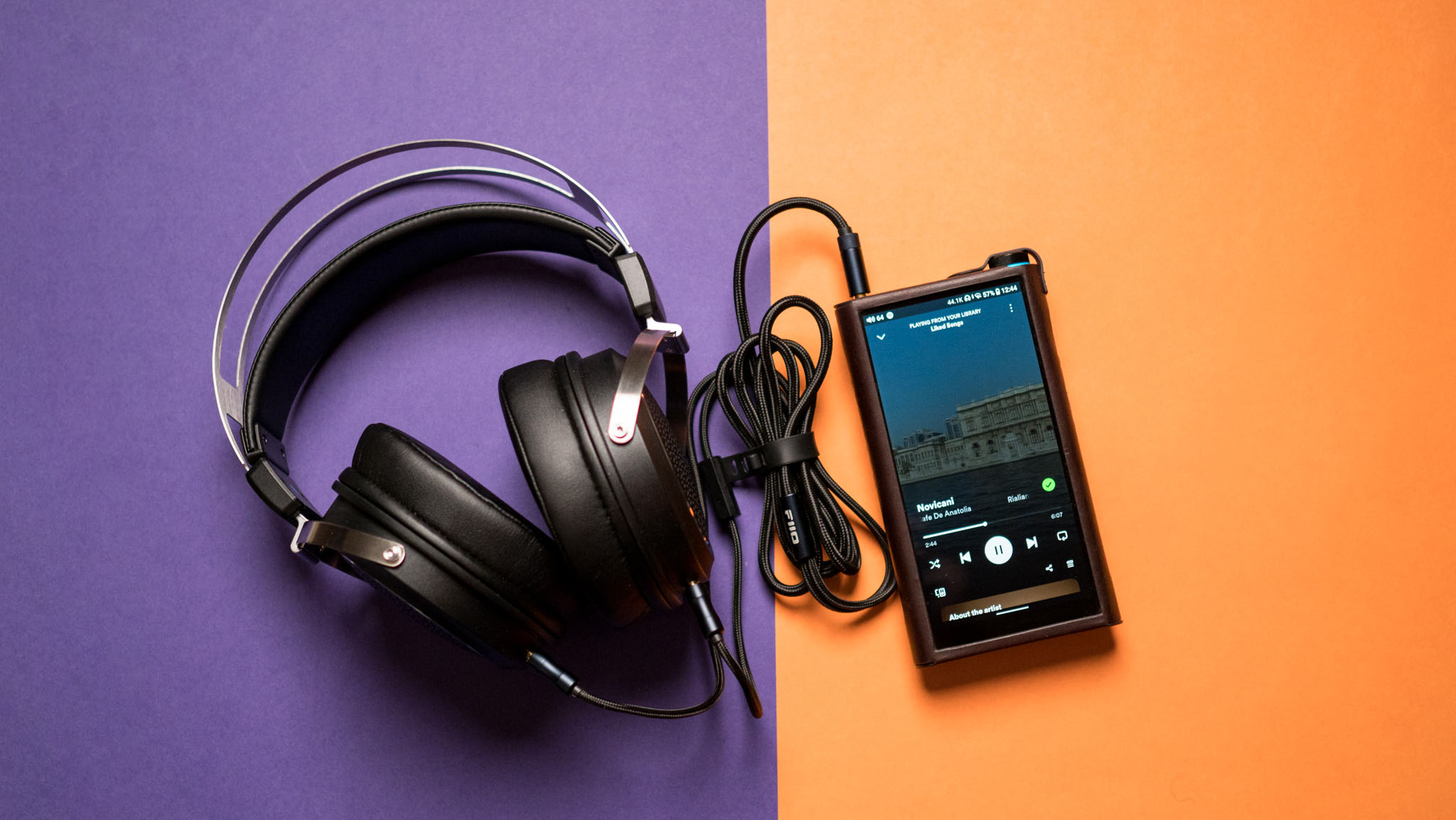
What you need to know
- Spotify is raising the prices of Spotify Premium for the second time in as many years.
- The new price for the Individual plan is $11.99, which is a dollar increase, while Spotify Premium Duo and Spotify Premium Family see larger increases.
- This year's price hikes are controversial due to Spotify's recent axing of Car Thing support and the company's inability to ship high-res audio support.
In the early days of streaming, price increases were few and far between, but they're now more like an annual occurrence. Sure enough, Spotify announced Monday (June 3) that it would raise Spotify Premium prices for the second time in as many years. As a result of the change, Spotify Premium will cost more than its two main competitors, Apple Music and Tidal. The price hikes cover all Spotify Premium tiers, excluding the discounted student rate.
Spotify announced the move in a press release, as well as in an email to subscribers. "So that we can continue to invest in and innovate on our product features and bring users the best experience, we occasionally update our prices," the company said. "Over the next month, subscribers in the U.S. will receive an email (pictured below) explaining what this update means for their subscription."

The price for a Premium Individual plan is now $11.99, which is a dollar more than the old rate and a dollar above the comparable Apple Music and Tidal plans. Spotify Premium Duo is up by $2 and costs $16.99—the old price of the Spotify Premium Family plan. Premium Family will now cost $19.99, a $3 increase. These numbers match an April report that speculated a price hike was coming.
New subscribers can join Spotify Premium starting today at the updated subscription costs. Current members will see the new Premium prices in effect when their plan renews next month. People on a free trial will get one month of Premium at the old prices and will be switched over to the new rates after their first paid month ends.
The updated prices are being rolled out nearly a year after Spotify's last price hike, which was in July 2023. Spotify had never increased Premium prices before last year. Now, it has done so every year, back to back. This is a worrying trend, and it could push Spotify listeners to pursue other means of music consumption.
No price increase is fun, but this one is particularly bad

No one likes paying more for the same experience. Spotify says the price hikes help the company "invest in and innovate on our product features and bring users the best experience." But the bottom line is that Spotify Premium users who subscribe today will get the exact same experience as those who subscribed yesterday, despite paying more. If Spotify did add new features, who knows if users would even want them or if they'd be worth the extra monthly fee?
However, another reason this year's Spotify price hikes are egregious is the state of high-resolution audio on the platform. Apple Music and Tidal have made lossless audio available on their platforms for literal years. Spotify announced Hi-Fi in early 2021 and, at the time, said it would ship later that year. Three years removed from the initial Hi-Fi announcement, and the feature is nowhere to be found.
Apple Music and Tidal have integrated high-res audio into their standard streaming services at no additional cost, so it's safe to call hi-fi an essential feature for a music streamer in 2024. Now that Spotify's prices are going up, Spotify Premium will cost more than Apple Music and Tidal. That's absolutely outlandish, considering Spotify is so far behind in audio quality.
To make matters worse, Spotify is looking to lock Hi-Fi behind a separate paywall, according to leaks. It's a perplexing strategy, especially since Tidal recently lowered prices, seemingly acknowledging that users aren't willing to pay more for higher-quality audio. Spotify Premium is more expensive across the board, which means the upcoming "Enhanced Listening" tier will cost more than these fresh prices. So, Spotify is charging more than industry competitors despite being unable to keep up in functionality.
It comes right after the Car Thing debacle, no less

The elephant in the room is certainly Spotify's discontinuation of Car Thing, its $90 hardware interface. The company announced last month that it would brick every Car Thing device it ever sold in December, and initially denied refunds. Late last week, it reversed course and offered refunds through Spotify's customer service channels.
The optics of the situation are certainly interesting. Spotify says it can't support a hardware product it sold just a few years ago anymore, then has a change of heart and offers refunds, and finally hikes subscription prices. Are these incidents related? Probably not, but it's still a bad look. People already have a sour taste in their mouth from the Car Thing incident, and although Spotify did end up making it right, the subscription hike basically negates any goodwill earned.
You can avoid streaming chaos by buying music, and I just might

Streaming became an alternative to buying music, and on the TV side of things, as an alternative to cable. But the prices of TV streaming services and the amount of them needed to watch what you want are causing some users to return to cable. In some cases, it's now cheaper to pay for cable instead of paying for an arsenal of TV streaming services. Could something similar happen to music streaming? If the situation continues to worsen and prices continue to rise, could listeners return to old habits?
The simple answer is probably not. Streaming is still a really enticing proposition, as you can listen to as much as you want for a flat monthly rate. However, there have been bumps in the road for music streaming. Prices aren't as favorable as they once were, and Spotify's moves might signal yearly price hikes — or at least more frequent ones. There are other issues with streaming, too, like needing a network connection to validate your subscription, restrictive DRM, and licensing scuffles between artists, labels, and streamers that only hurt users.
With all those downsides in mind, I'm strongly considering leaving streaming behind. When you stream music, you don't own anything. The second you cancel your subscription, you're unable to access music, even if you've paid hundreds over the years for a membership. That money might be better put toward owning music for yourself, which lasts forever. I have songs purchased more than two decades ago on iTunes and physical media created before I was born.
Ownership is an underrated thing in music. Sure, you'll probably pay more, but a greater portion of that money will actually make its way to your favorite artists. If you're absolutely opposed to buying music, you might not have to. Nearly all public libraries have CDs, and it's perfectly legal to get MP3s from them for personal use.
In a perfect world, streaming is the final form of music listening. You'd have access to virtually any song out there for a flat monthly rate. The reality, however, is much different. The price hikes for music streaming services are just one of the reasons I'm considering a switch to true music ownership instead.







